Toronto, Ontario is the Condominium Capital of North America and HGC has been an active contributor to this remarkable success story, providing comprehensive acoustical consulting services for projects in the city, its suburbs and well beyond. We are a well-respected value-added support partner to high-rise industry leaders, including developers, builders, architects, engineers and planners.
Residential and Commercial acoustical consulting Know-how
From Toronto’s L Tower, to Mississauga’s Absolute Towers, to Chicago’s Riverbend Residences, many of the projects we have worked on are now urban landmarks within their communities. Some projects have been part of larger mixed-use developments and have included commercial and retail additions. These project components contribute their own unique noise, vibration and acoustic concerns, which HGC also has experience addressing.
Your Project Vision. Our Acoustical Expertise.
A key acoustical challenge of high-rise condominium projects is that there are really no fixed criteria and ratings standards for implementing effective noise and vibration control. Building codes only requires that a minimum criteria be met, and even in meeting the code spec, inter-suite noise still often remains a number one occupant complaint.
So how is the acoustical criteria, notably in relation to sound privacy and speech intelligibility established between suites and in a building overall? In the end, it comes down to a developer’s vision and budget for a project to determine what degree of acoustical, noise and vibration performance a building will demand. In this regard, the requirements are often based on entirely subjective concepts of quality, prestige and luxury, and therefore a nuanced understanding of developer’s, architect’s and final occupants’ expectations is invaluable. HGC fully understands this demanding market’s good standard practices.
Furthermore, it’s always easier to come up with an expensive way to achieve something acoustically. Our success in this industry is that we work hard and creatively to achieve a developer’s targeted goals within a given budget and to schedule without compromising acoustical performance objectives. This requires value-engineering know-how, teamwork, collaboration, and some outside-the-box thinking and intuition.
Expertise in Amenity Noise Control
That is never more true than in dealing with the diverse range of amenities that are now included in projects: Everything from aquatic, fitness and media centres, to virtual golf rooms, bowling allies, private cinemas, and catering chef kitchens. We can design the noise and vibration control performance specifications that these kind of special areas require so they don’t impinge on the well-being and comfort of adjacent tenants.
Urban Intensification Challenges
Moreover, due to high-density planning and urban intensification development policies for city cores, many mid and high-rise residential projects today are developed in rezoned brownfield areas living side-by-side with still active industry and busy transportation corridors. We are proficient at assessing and mitigating the noise and vibration impact of industrial activities, as well as rail, subway and highways on sensitive developments like high-rise residential buildings. We have also acted as expert witnesses in disputes involving the rezoning of industrial areas for residential developments.
Mass Timber Acoustic Design
Mass timber such as cross-laminated-timber (CLT) offers several advantages over traditional construction materials like steel and concrete, including sustainability, faster construction times, and aesthetic appeal. Mass timber design is quickly being adopted by developers on a wide range of projects for use in residential projects from condominiums to affordable housing developments. It is also being adopted for commercial and institutional buildings from offices, to schools to retail spaces.
Mass timber’s acoustic properties are different than those of traditional building materials like steel and concrete. Understanding these differences is critical when acoustically designing comfortable and functional indoor environments. HGC has extensive experience and expertise in the acoustical design and testing of Mass Timber Structural components and junctions.
Ontario’s Tarion Builder Bulletin 19R
Developers planning to build a condominium project in the Province of Ontario must comply with the design and site review requirements of Tarion’s Builder Bulletin 19R. Tarion is the regulator of Ontario’s new home building industry and is responsible for administering the Ontario New Home Warranties Plan Act. Builder Bulletin 19R sets out a process for the review of the design and construction of residential buildings to provide a reasonably thorough consideration of the potential for noise from occupants and building services equipment.
This process requires a certification of the final construction drawings to ensure they meet the acoustical design requirements. Once the final construction drawings have been completed a design approval certificate must signed by an acoustician and then forwarded to Tarion. In addition, shop drawings must be reviewed and site inspections and testing must be documented with reports forwarded to a project’s Field Review Consultant (FRC).
HGC offers consultation services relating to acoustics, noise and vibration at all stages of a project
During Planning
Environmental Noise and Vibration Studies
These feasibility studies examine the noise impact of nearby roads, highways, rail and subway traffic on the proposed site and its future occupants. As well, the study assesses the potential effects of vibration from adjacent subway or railway lines on a building’s foundation and structure. A study will also look at surrounding industries, buildings or activities nearby for potential stationary sources of noise or vibration that might impact the planned site. Additionally, we will review any early details the project team can provide on the site plans, looking for new noise and vibration sources associated with the design such as such as cooling towers, heating plants, loading bays, generators, helipads, that may in turn impact surrounding buildings and environments. These aspects are considered in a preliminary fashion in the context of a study and only general recommendations for mitigation of environmental noise and vibration are offered at this juncture.
At this Planning Stage we also offer:
- Expert Testimony for municipal hearings
- Peer Review
- Acoustic Design Spec and Brief for Design/Build RFP
During Building Design
We review the internal design of the building and its systems in order to provide acoustical guidance and recommendations to the architectural, mechanical, and electrical members of the team, with appropriate follow-up through construction.
- Preliminary Acoustical Design Review
Usually, it is beneficial to perform a preliminary review early in the design stage (at about 25% ready for construction), to ensure that provisions for unusual aspects are considered while there is still an opportunity to address them or to flag the issues for further analysis, ie stacking concerns, building orientation etc. As a result, alternative layouts or systems may be proposed for consideration. This will involve a review of the early architectural, mechanical, electrical drawings, as available. Many of our customers have come to recognize and value the benefits of our preliminary reviews and have now made them a standard part of their process in order to avoid costly changes and project delays that would otherwise have occurred later if not for our early input.
Establishing Acoustical Criteria: Based on our discussions with project team members, we will identify acoustical criteria (Noise Criteria (NC) or Room Criteria (NC) Levels, Reverberation Time, Noise Isolation, Speech Intelligibility, Masking Sound Levels etc.), for the various noise sensitive spaces such as classrooms, auditoria, library spaces, meeting spaces, private offices, etc. We will consider the spatial separations and acoustic privacy expectations, space stacking and general building services or general occupancy concerns. The criteria targeted will be based on meetings with team members, any information or measurement gathered and will address spaces within the building as well as suggested limits for impact on adjacent uses. A criteria report will be prepared and circulated outlining the recommended criteria and comments on the schematic design, for discussion purposes.
Façade and Glazing Specification: Once the drawings are sufficiently advanced, we provide refined glazing assembly requirements based on our previous environmental review and the latest floor layouts. This involves comparing the revised exposed glazing areas and associated room floor areas with those used in the environmental review and revising the glazing STC requirements, if appropriate, to meet indoor sound level criteria. - Detailed Acoustical Design Review
Once the working drawings are approximately 60% to 75% ready for construction, a full building design review can be provided. Our scope of work for such a review includes a thorough review of architectural, mechanical, and electrical drawings and specifications to identify areas where better details or modified assemblies may be warranted. Structural dynamics, for example, are sometimes identified as a potential source of vibration problem for sensitive equipment. (An Engineering department’s Scanning Electron Microscope can be adversely affected by the vibration caused by equipment in a adjacent mechanical room or the activities of a nearby Gymnasium or Basketball Court.) We will conduct acoustical analysis and treatment of sensitive spaces such as lecture halls, gymnasiums, atria etc. Where necessary, we will present mitigation recommendations on preferred noise and vibration control measures. This may include providing silencer recommendations for fan systems, cooling towers, generator sets, etc., vibration isolation recommendations of major or sensitive equipment to limit structure-borne noise, etc.
Mechanical and Electrical Systems: We will review the M&E drawings and the mechanical specifications to identify potential noise issues. Where improved details or upgraded noise control systems consistent with the goal for this building are warranted, comments or recommendations will be provided. Where a potential problem exists but more specific information about a particular mechanical or electrical system is required to perform a full assessment or to design mitigation, we will outline general requirements that can be added to the tender documents, placing onus for design on the supplier or installer.
Retail and Commercial spaces: Note that any planned retail and commercial spaces are reviewed as shell spaces, as the specific uses of such tenant spaces can change with a change in tenancy. The onus is usually placed on tenants to ensure that their activities are compatible with the building’s permanent space usages and provisions or precautions are incorporated in their fit-outs. However, in instances where specific tenant usage is indicated in the base-building design, our experience allow us to make sufficient assumptions on the nature of the types of equipment and activity which could be expected and offer mitigation suggestions accordingly (e.g., Coffee Shop, Healthcare suite, Fitness Club, Spa, etc.).
- Follow-up Review
Once the design team has indicted that they have integrated our recommendations into the construction documents (95-100% CD), a follow-up review can be conducted to confirm that our recommendations have been incorporated. Additional follow-up reviews required to address specific omissions or design changes may be required
During Construction
There are several aspects of the project during construction where we are also able to offer additional assistance for the design/build team.
Construction Vibration Assessment: Toronto is one of the few cities in North America with a City By-Law, 514-2008, that requires that a Construction Vibration Assessment be conducted in support of an application for a building or foundation permit. It mandates that a Professional Engineer assess the potential for impact on off-site structures in a “zone of influence” by the vibration effects of shoring, excavation and demolition activities. HGC is fully versed in all aspects of Construction Vibration Monitoring and Assessment. We offer the in-house know-how and monitoring technology your require to efficiently and cost-effectively meet your assessment and timeline requirements. Visit our Construction Vibration Monitoring and Assessment page for more details.
Shop Drawing Reviews: We will review shop drawings for the typical base-building equipment (as applicable) for consistency with the drawings and specifications, and with the recommendations contained in our initial review (list of required shop drawing submissions will be included in the review report). The following is a representative listing:
- Emergency generator
- Chiller and/or cooling tower
- Major Pumps
- Make-up Air Units, Exhaust Fans, and AHU
- In-suite Heating and Cooling Equipment
- Garage Doors
- Fitness Flooring Systems
- Garbage Chute and Compactor
- Elevators
- Noise & Vibration Control Equipment (e.g., floating floors, vibration isolation, silencers, etc.)
Comments and recommendations will be marked directly on the shop drawings, which will then be returned.
Site Inspections: Site inspections are a required aspect of the Bulletin 19 scope for Tarion and are critical to ensure that design recommendations are implemented correctly. The field review consultant (FRC) will be responsible for preparing the scope of work for inspections and therefore, we cannot determine how many site inspections may be required. On past projects, each of our site inspections are typically several hours in duration and focus on as many acoustical details as is reasonable to accommodate in that time for maximum efficiency. The inspection is followed by an inspection report which identifies if the systems are acceptable or if there are outstanding deficiencies, with respect to the design, and if straightforward, recommendations to correct deficiencies. Any complex issues requiring additional design input are beyond the scope of the inspection report, and can be addressed under additional services.
Site Partition Testing: Partition STC tests are also a requirement under Bulletin 19. Again, the FRC will be responsible for identifying the requisite tests. Typically, 1 or 2 samples of randomly selected representative suite demising assemblies (including corridors, if possible, and floors) should be tested prior to registration.
Post Construction
Commissioning: During commissioning we will conduct measurements of reverberation and background sound to confirm compliance with the criteria.
Noise and Vibration Complaints: We offer on-going noise and vibration complaint forensics and troubleshooting to building managers of both new and mature buildings.


Sun Life Financial Tower + Harbour Plaza Residences

Versus Mixed-use Development, Calgary
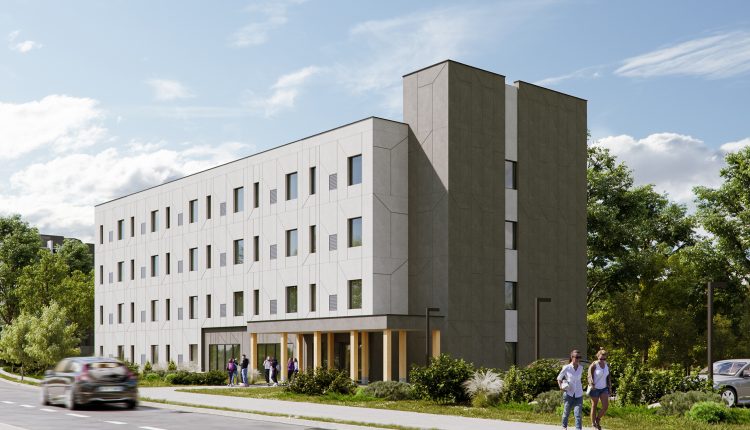
YW Block Line Supportive Housing Complex
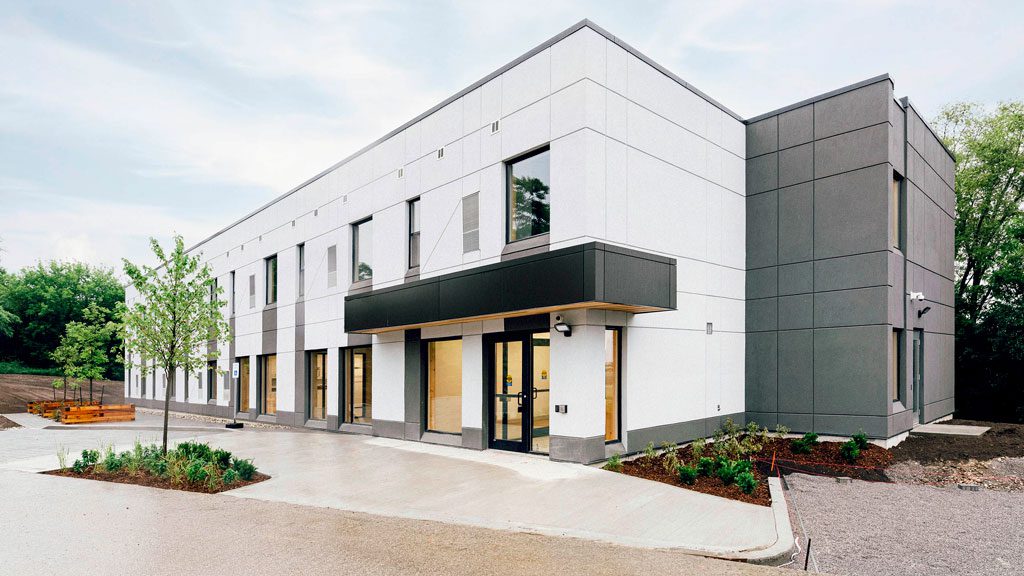
Passage House Transitional Housing

Orion at Lumino Park, Calgary
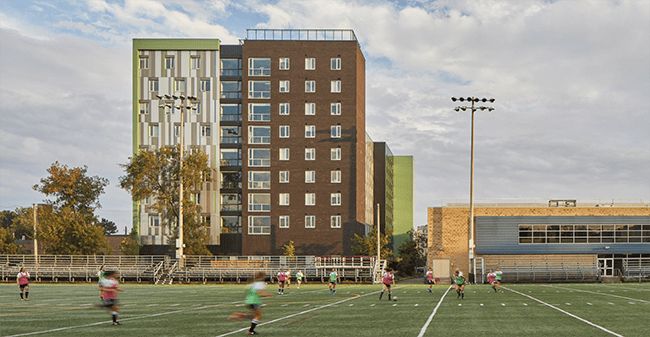
45 Mann Student Residences, University of Ottawa
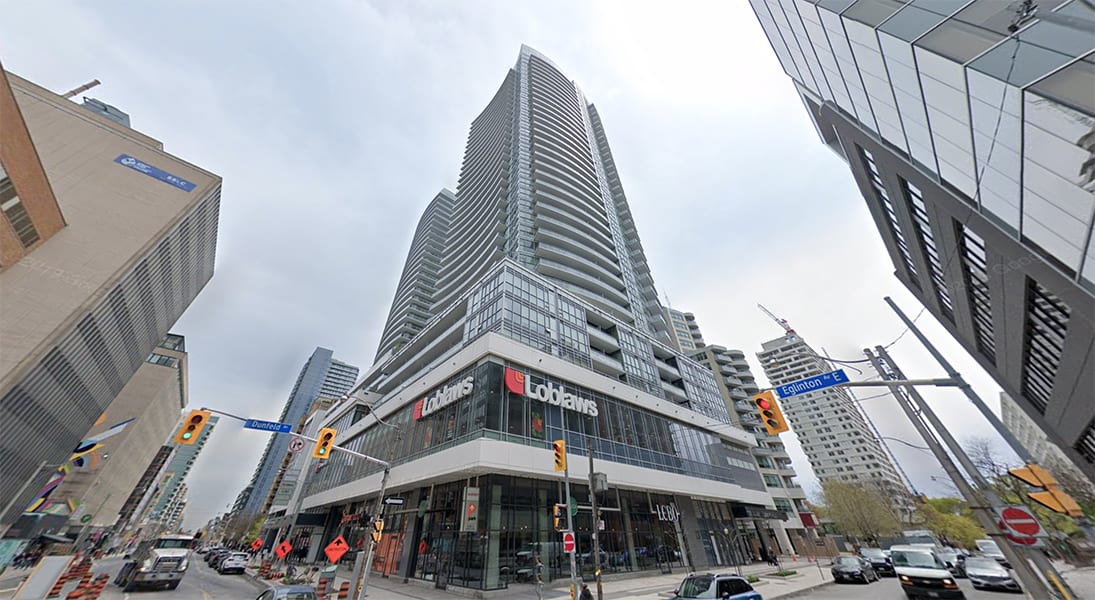
The Madison at Yonge and Eglinton
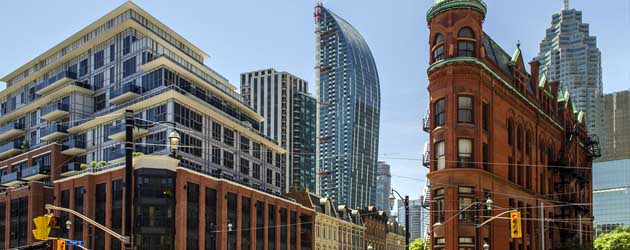
The L Tower

Ten York Condominium

1 Yorkville
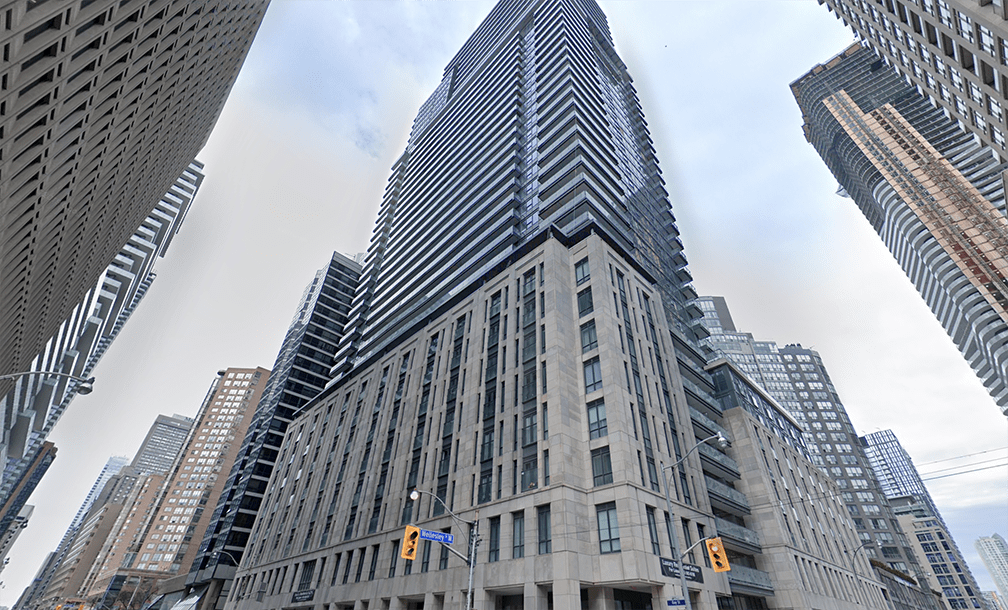
The Britt Residences

Republic Towers & North Toronto Collegiate Institute

The Residences at RiverBend, Chicago, Illinois

Absolute Towers
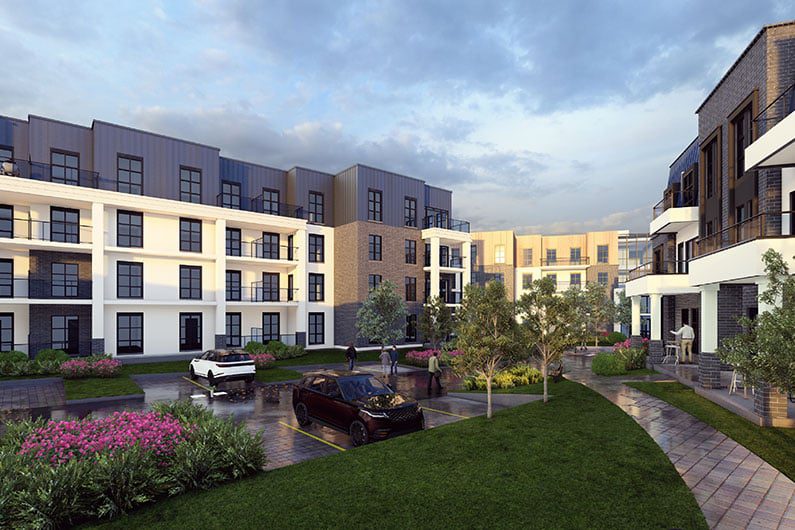
Dean’s Landing at University District, Calgary
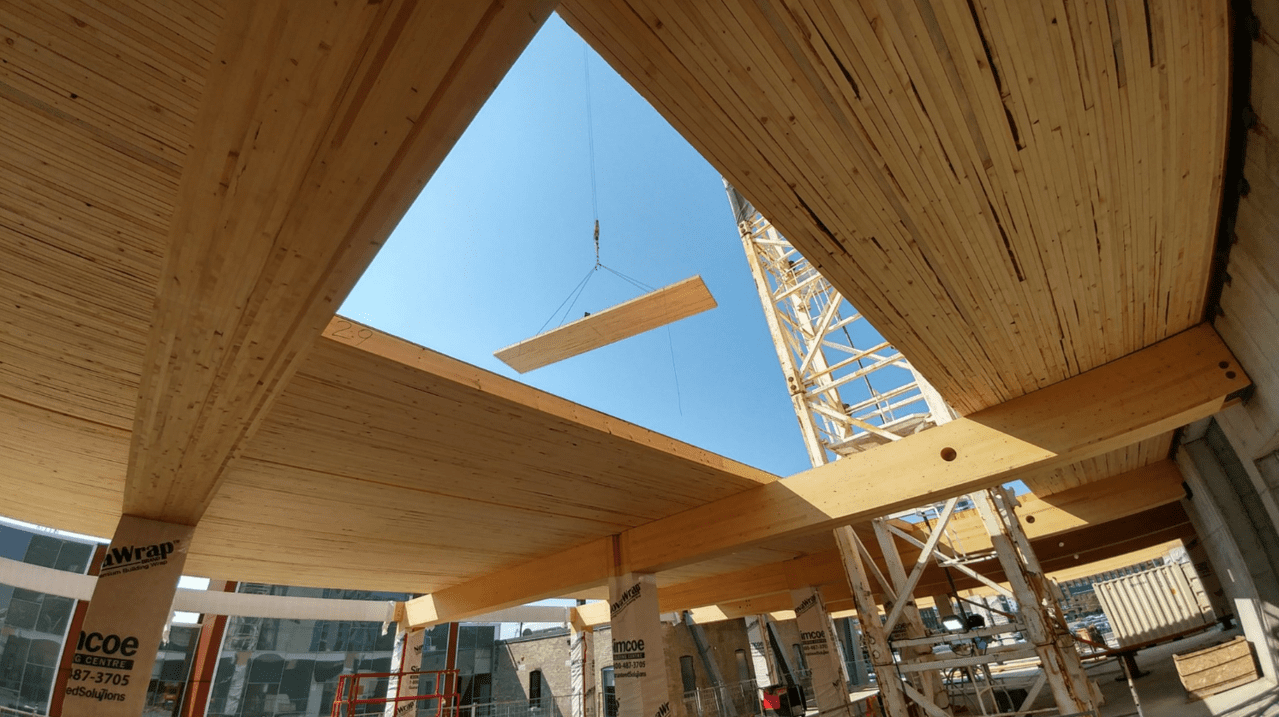
Acoustic Design Strategies for Mass Timber Buildings

What to Know Before Calling an Acoustical Consultant to Deal with a Noise Problem

How to Measure ASTC ratings of Specific Sound Transmission Paths

Mitigating HVAC Related Noise and Vibration Problems in Building Design
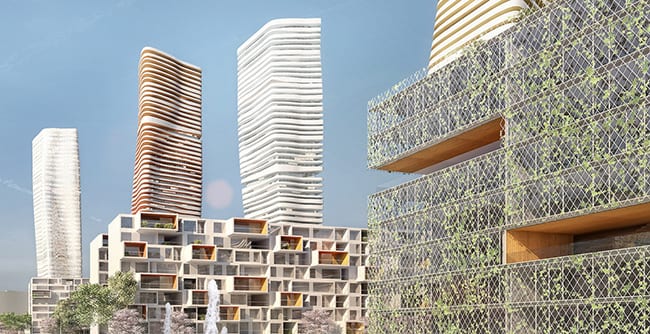
When Condos “Sing”: Assessing Wind-Induced Balcony Railing Noise

The Unforeseen Pitfalls of LEED Design from an Acoustical Perspective

Noise complaints between suites? What property managers should consider first
Who We Help
Our Markets
Engineers, Architects, Planners, Environmental Health & Safety Specialists, Developers, Owners/Operators and Property Managers in sectors including:
Need Answers?
Reach out to our acoustical consultants now.